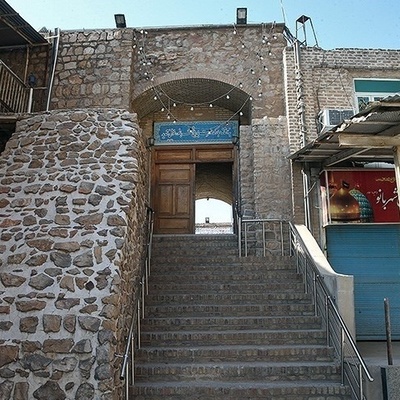SAEDNEWS: To modern eyes, the line above a Qajar woman’s lip might seem odd or even unattractive. Yet women of that era embraced it, painting it on if it didn’t appear naturally. Men saw it, along with fine facial down, as a mark of beauty.

According to Saed News’ society report, despite all the efforts women made during the Qajar era to adorn themselves, it was impossible to hide their pale complexions. Foreign travel writers who visited Iran at the time noted this clearly. The reason for their pallor was simple: women spent most of their day indoors, largely confined to the home. It’s worth remembering that in the past, one sign of a young woman’s purity was thought to be that she had never seen the sun or moon!
To counteract their paleness, women used various remedies. One method involved a soap known as “haft-giah” (seven-herb soap), made from a mixture of aromatic and medicinal herbs.
Another practice was facial hair removal, known as “band-andazi.” Women would visit homes and provide this service for those who wanted it. The process involved sifting a fine white powder—made of chalk or rice flour—over the face, then using a knotted thread to pull hair out from the roots. One end of the thread was held in the teeth while the other was manipulated by hand, allowing the hair to be removed quickly. The women who performed this task, often elderly, were called “melabaji,” and their fee rarely exceeded two qerans.
Hair styling, however, was a more elaborate affair. Women did not shy away from spending hours on it. They braided their long hair into chains and kept them hanging, securing the braids with silk threads called “qeytan.” This was known as “gis-bafi” (braiding). Another hairstyle was called “chatr zadan,” where hair was cut into a semicircle above the forehead and the remaining strands tied, while two ring-shaped braids hung on either side of the face. Married women draped a braid over the ear, while unmarried girls tucked theirs behind the ear. Cutting hair was uncommon among women of that era.
In one of Tehran’s bazaar crossways, a caravanserai sold “borrowed hair” or wigs. Women with thin hair would use these wigs, but embarrassment awaited them at the public bath. Early risers would go before sunrise to wash in minimal light, avoiding the judgmental and mocking gazes of other women.
In the past, a sign of female beauty was a fuller figure. Particularly among Qajar men and courtiers, plump women were more desirable. A pronounced double chin was even considered attractive! Hence, thin women were often scolded and encouraged to eat more to gain weight.
Below, you can see images of Qajar-era women’s cosmetics and beauty tools.


